 Cisco introduced AppHQ, an application ecosystem built specifically for Cisco Cius that provides new ways to create, manage and rapidly deploy tablet applications in the enterprise. According to Cisco, with the Cius, organizations can now deliver an optimized tablet with enterprise-grade security, as a natural extension of the enterprise network.
Cisco introduced AppHQ, an application ecosystem built specifically for Cisco Cius that provides new ways to create, manage and rapidly deploy tablet applications in the enterprise. According to Cisco, with the Cius, organizations can now deliver an optimized tablet with enterprise-grade security, as a natural extension of the enterprise network.
AppHQ provides developers with tools and resources to create, test and market applications for Cisco Cius, and allows IT managers to control which applications can be used on the devices. Additionally, companies can create private, custom-branded application storefronts for their organizations where employees can find, publish and procure applications that complement their business environments.
During a series of media events, Cisco highlighted that CDW, Nervecentre Software, Nottingham University Hospitals, Palomar Pomerado Health, University of Wisconsin-Whitewater, and Verizon are among customers using Cisco Cius.
Cisco AppHQ
Cisco AppHQ is a highly secure, cloud-based user storefront that provides capabilities for end users and IT managers. Some of these capabilities include:
– Testing and validation:Cisco AppHQ provides IT managers and users with a "trusted source" for applications, ensuring that every application within AppHQ goes through Cisco validation testing, whether developed by Cisco, third-party Android developer partners, or users within the enterprise. The validation process includes interoperability testing both for the application itself and in typical configurations within the device.
– Store-within-a-Store: Enterprises will have a Cisco hosted, highly-secure and private application store within AppHQ. Businesses can customize the storefront, following their corporate branding guidelines, including use of logos, icons and color schemes. Beyond customization, the store-within-a-store is a platform that customers can use to deploy applications efficiently in their organizations. For example, a financial services company could deploy applications pertaining to their back office operations, such as human resources or payroll apps, and populate those applications on the devices of relevant employees.
– Empowers IT management:With AppHQ Manager, IT will have the ability to allow (or deny) access to application marketplaces by user role or device and to grant (or deny) access to applications by type, source or category. This unique capability will let IT organizations balance the individual freedom of users with the enterprise-class policies on security and cost efficiency.
The AppHQ ecosystem will include Cisco selected applications that deeply integrate Cisco collaboration capabilities, as well as validated business-to-business and business-to-consumer applications from developer partners. The company announced that it will continue to add applications to AppHQ based on customer requirements. IT managers can also select from approximately 200,000 applications in the Android Marketplace.
Cisco Cius is scheduled for global availability on July 31, 2011. The estimated street price is below $750 USD and Cisco has made available a new promotion* called "Triple V" (for Voice, Video and Virtualization) that could enable further price reductions below $700 USD. Pricing may vary by country. Basic access to Cisco AppHQ is included with every Cisco Cius device.
You may also want to read:
fring Brings Mobile Group Video to iPad
Logitech Teams Up with GN Netcom on Unified Communications Solutions
Speedflow Offers Multifunctional Software for VoIP Providers
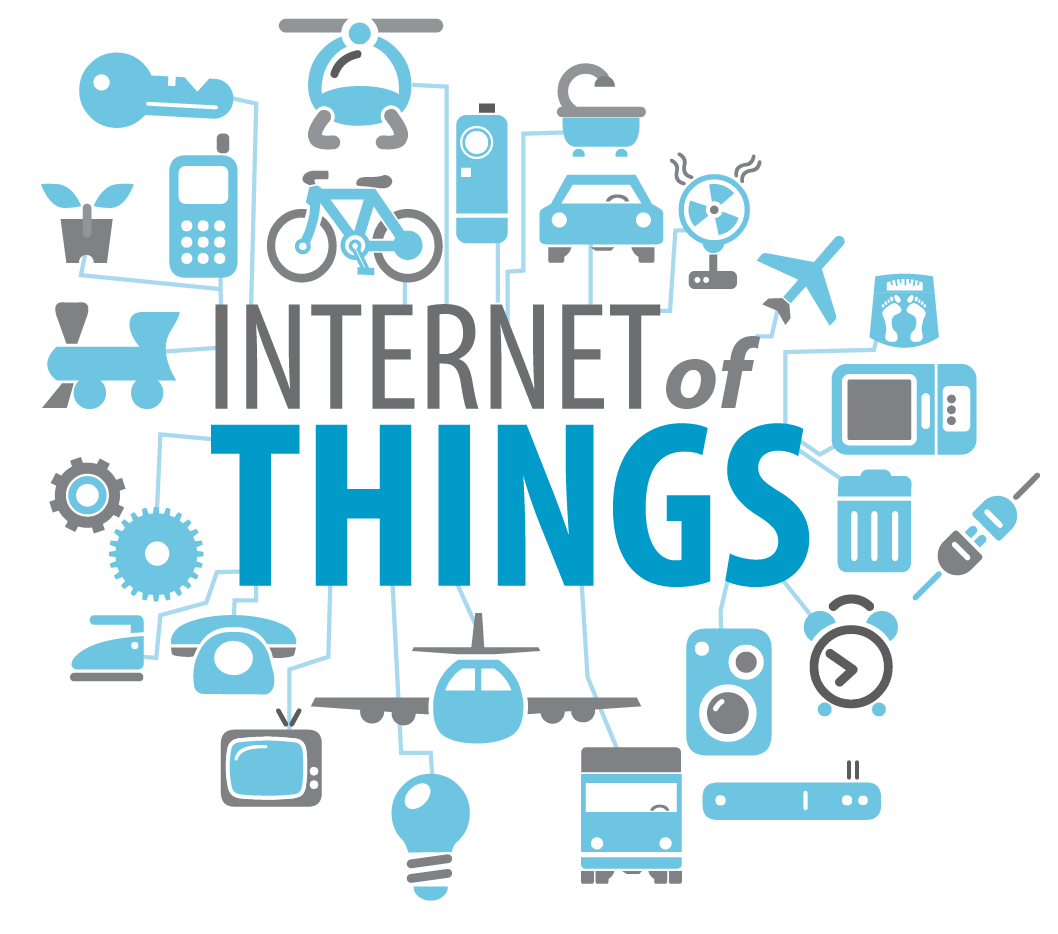
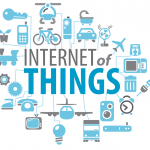


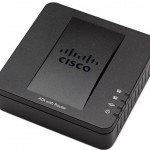
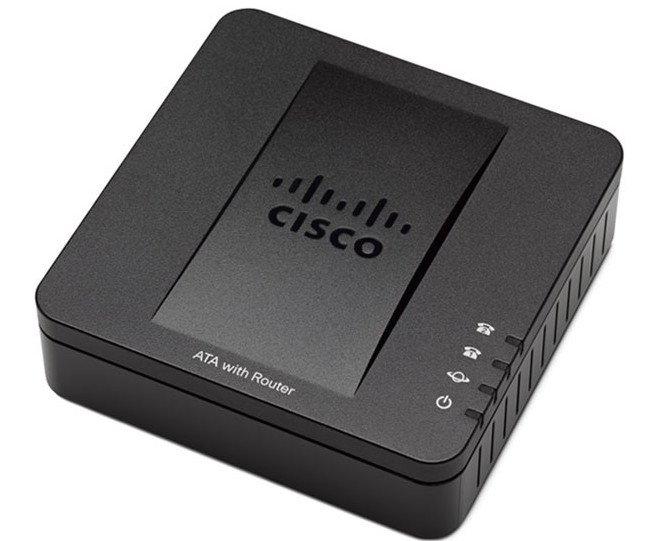
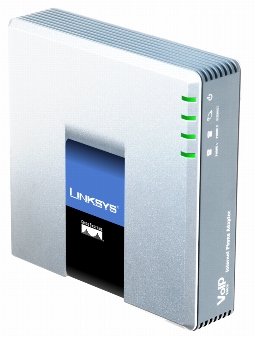
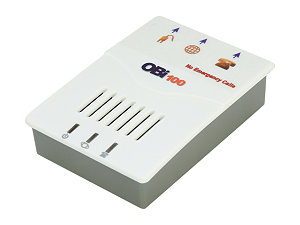
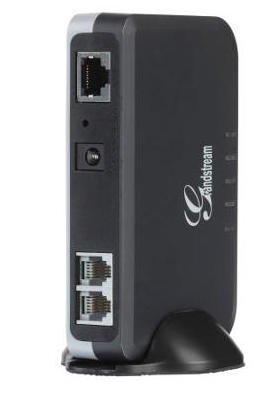
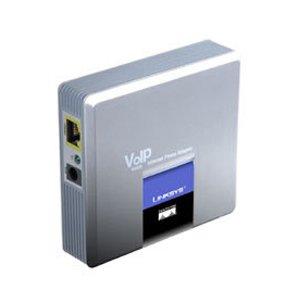
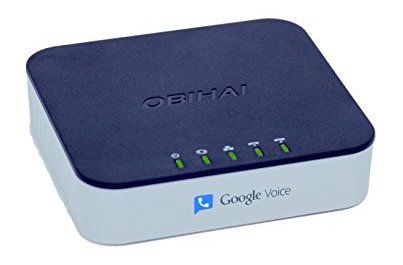
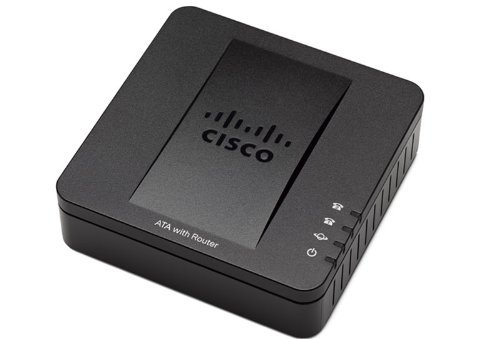
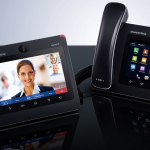
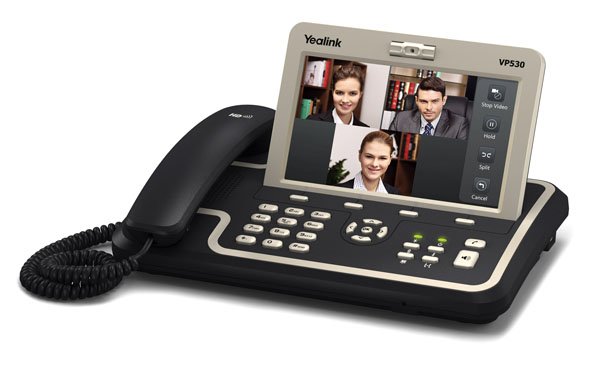
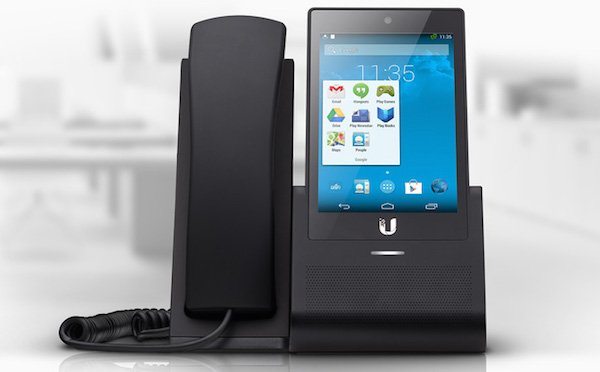
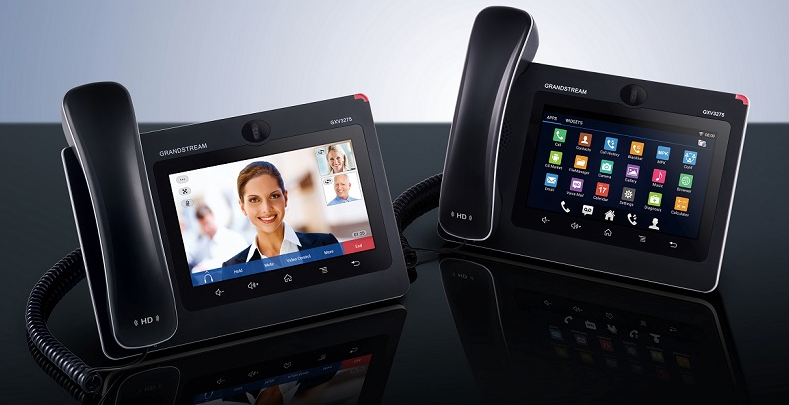
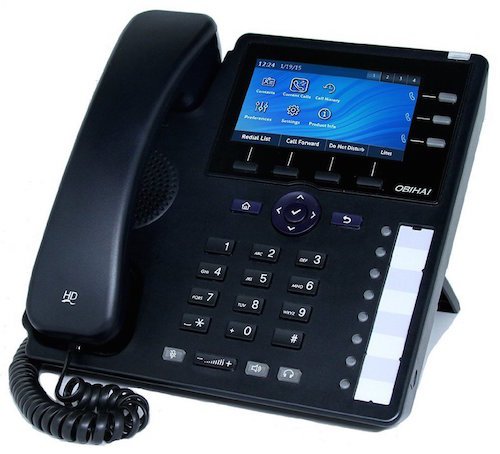
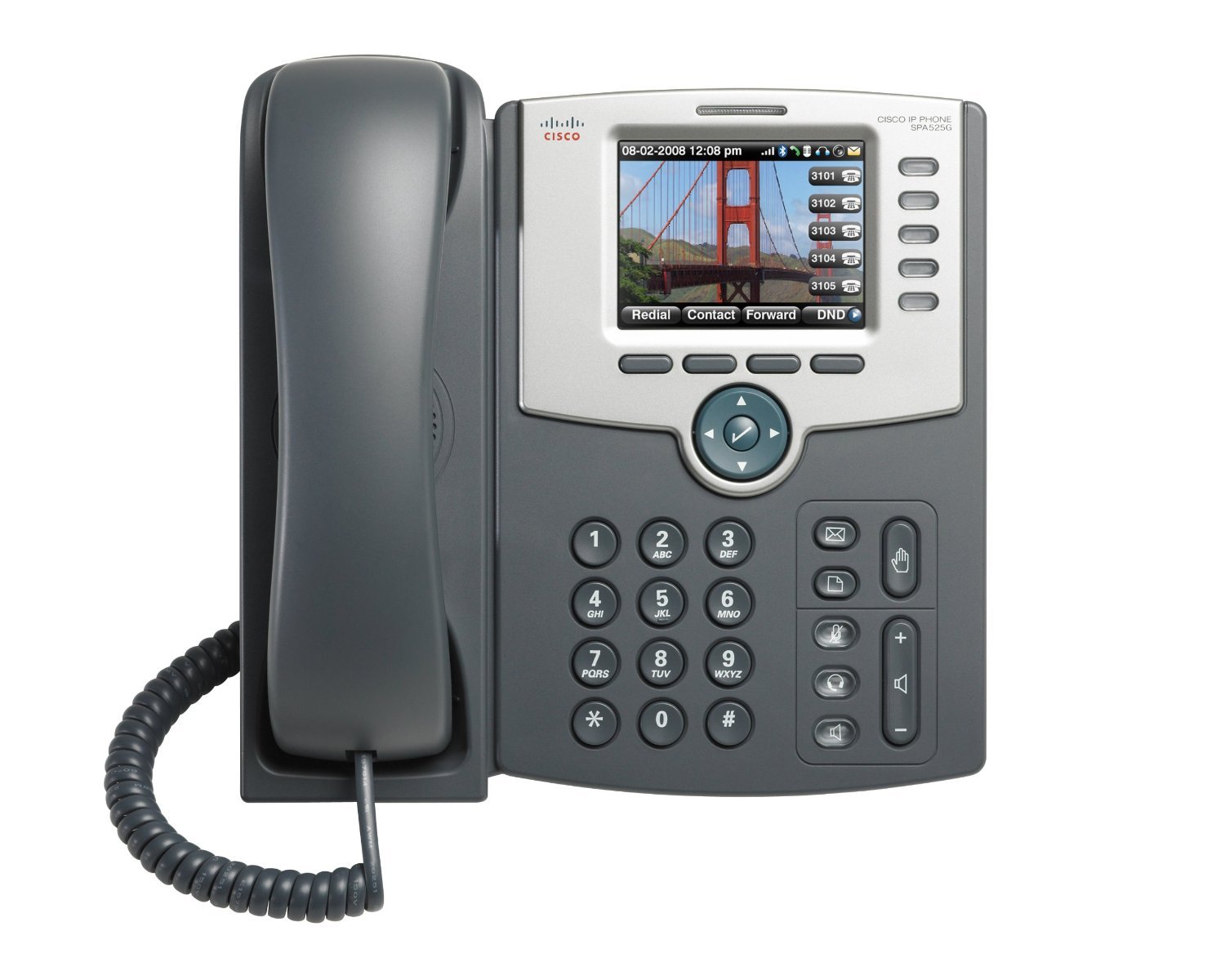

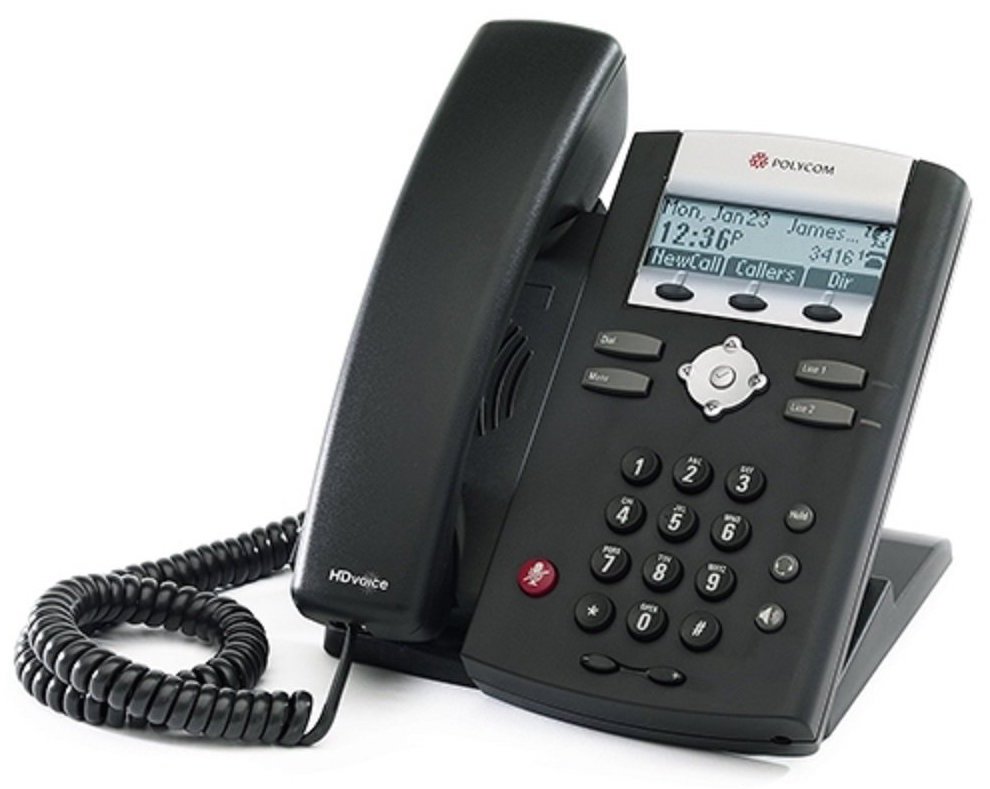
 Market research firm Infonetics Research released its Enterprise Session Border Controllers report for the 2nd quarter of 2013 (2Q13). This report tracks the eSBC session shipments and vendor revenue.
Market research firm Infonetics Research released its Enterprise Session Border Controllers report for the 2nd quarter of 2013 (2Q13). This report tracks the eSBC session shipments and vendor revenue.

 According to a recent market study made by
According to a recent market study made by 